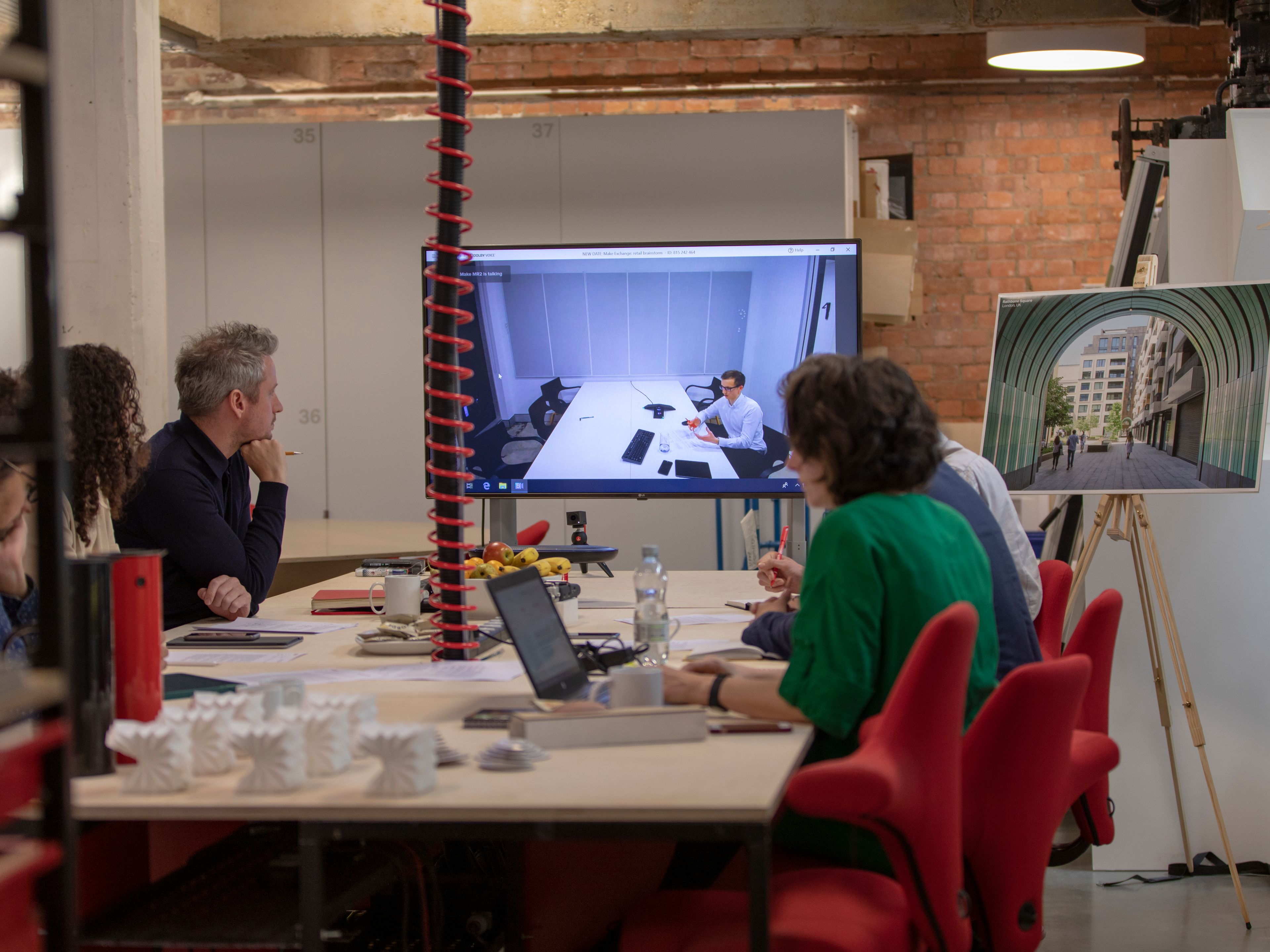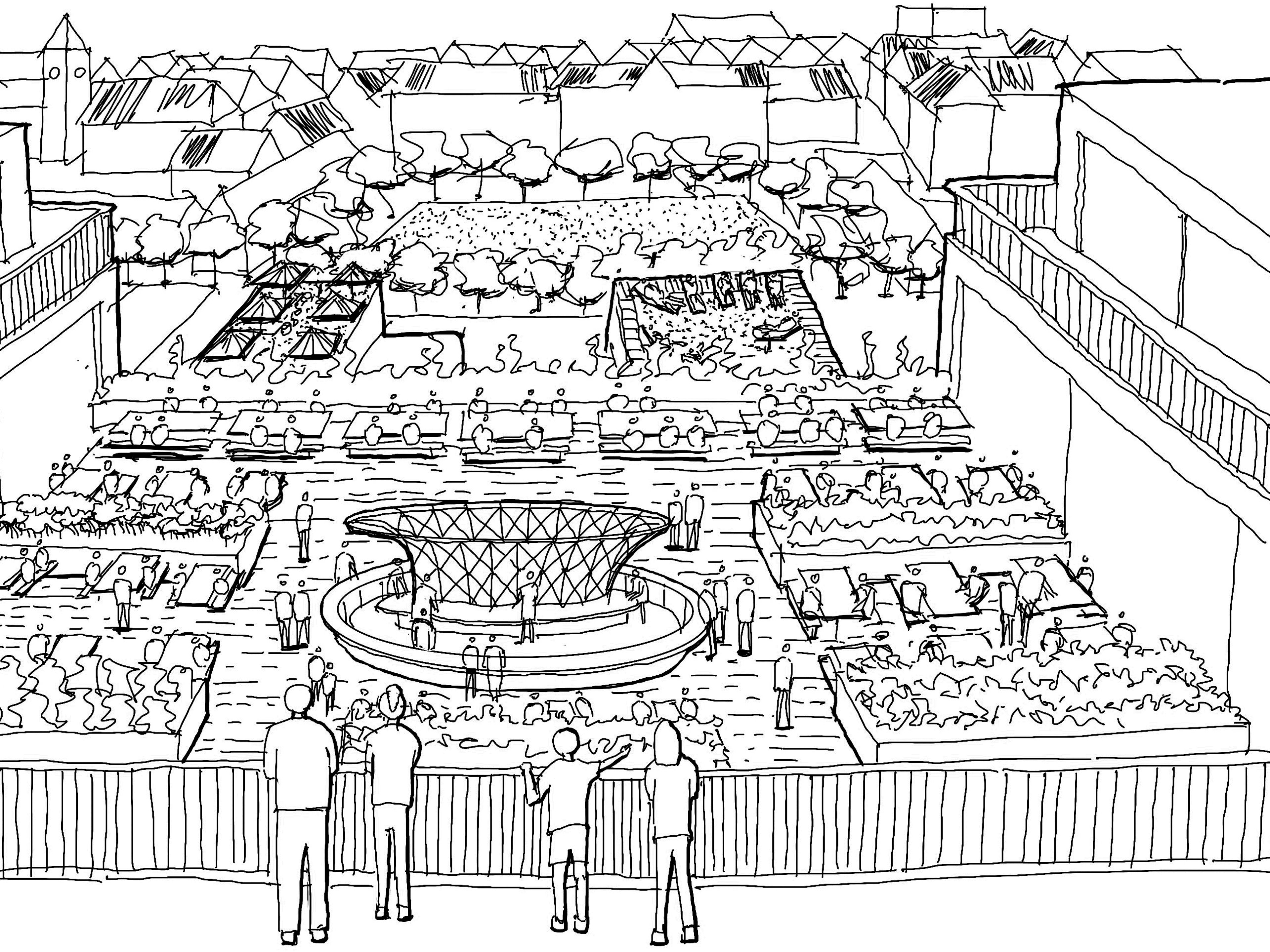
Lessons from the Nordics
by Grigor GrigorovThe advent of online shopping and shifting consumer expectations has greatly disrupted the UK retail property sector. I recently took part in a Nordic retail study trip organised by Revo, formally known as the British Council for Shopping Centres. Over 6 days I visited more than 30 retail destinations of varying scales and business models across Oslo, Stockholm, Malmö and Copenhagen. Here are three aspects that make these contemporary Nordic stores exciting places to visit.
Product and presentation
Many of the shops I visited offer customers not just physical objects and services, but also a sense that they’re connoisseurs who can discern product quality, properties and provenance.

The Normann
The Normann in Copenhagen sells beautiful designer furniture and household objects, though its store looks nothing like a furniture shop. Instead, it’s curated like a gallery or an art installation. Visitors meander through curious arrangements of designer household products – cups, chairs, storage boxes, tables, china. The layout of the store changes often, creating the impression that each visit is a one-off opportunity to see products presented in an unusual, quirky context.
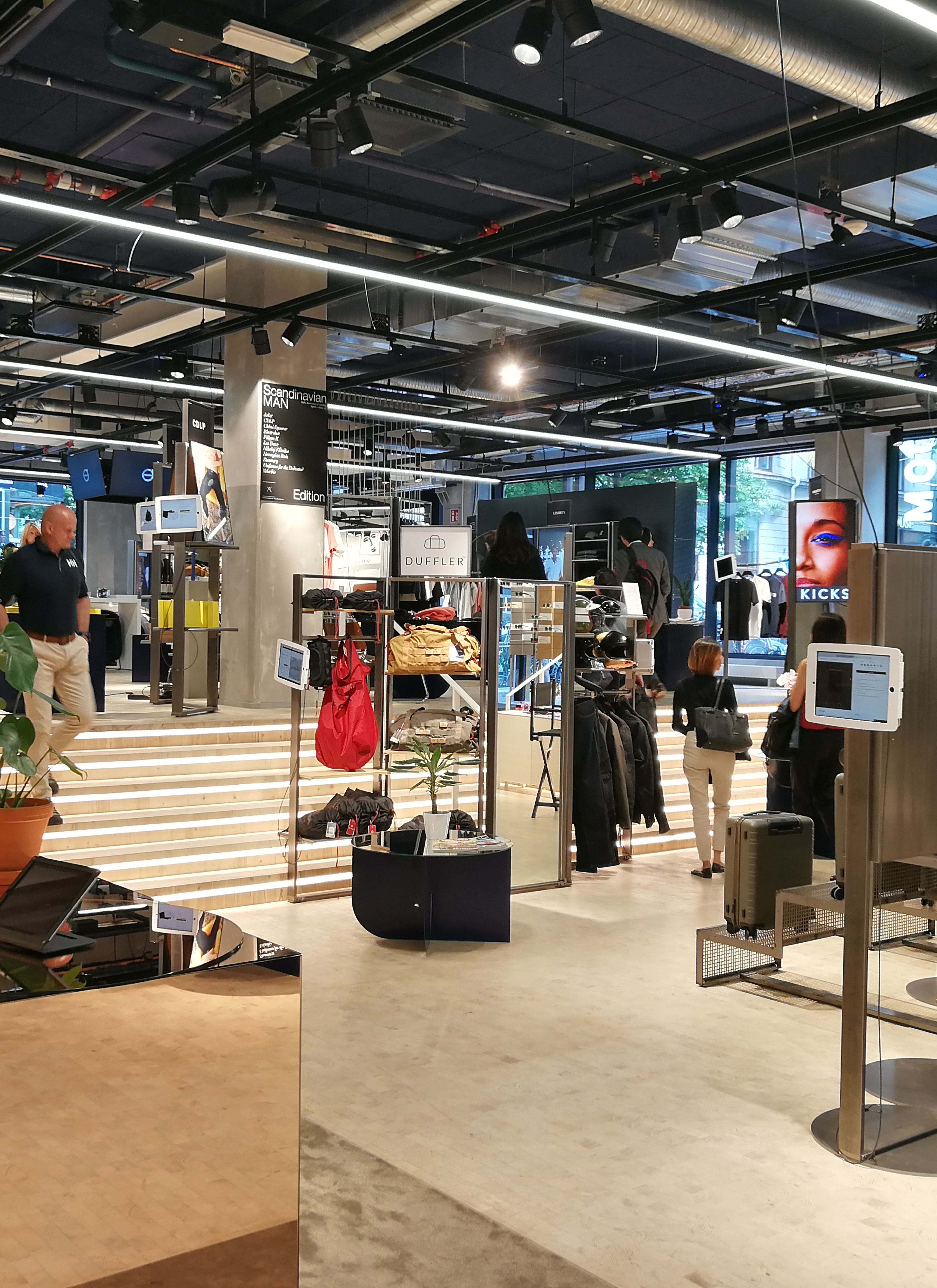
The Lobby
Stockholm-based The Lobby has recognised that digital brands don’t need huge shopping floors but a showroom-style presence at the social heart of the city. The brand rents this space by the square metre for periods between one and four months, with each shelf, hanging rail and display unit representing a different designer or product. The store provides a snapshot of the latest and coolest independent brands, to be seen in one place for a limited period only.
Dwell time
The concept of dwell time is simple: make a place attractive, and it will become commercially successful. Several of the sites I visited have been conceived not so much as stores but destinations, with high-quality retail acting a backdrop to an intriguing or unusual place.

Malmö shopping centre
Along with 200 shops, Malmö shopping centre Emporia has a 27,000m2 rooftop park. The owners are using this accessible space to turn Emporia into a major destination, attracting locals and visitors and increasing sales and revenue. The park has already hosted a series of events, including an ice rink.
International restaurant brands, rentable meeting rooms, artwork and planting help establish Mood Stockholm as a boutique alternative to the usual corporate mall. The space is designed as a continuous landscape of shops, restaurants and cafés, and features a large beauty department with ‘styling bars’.
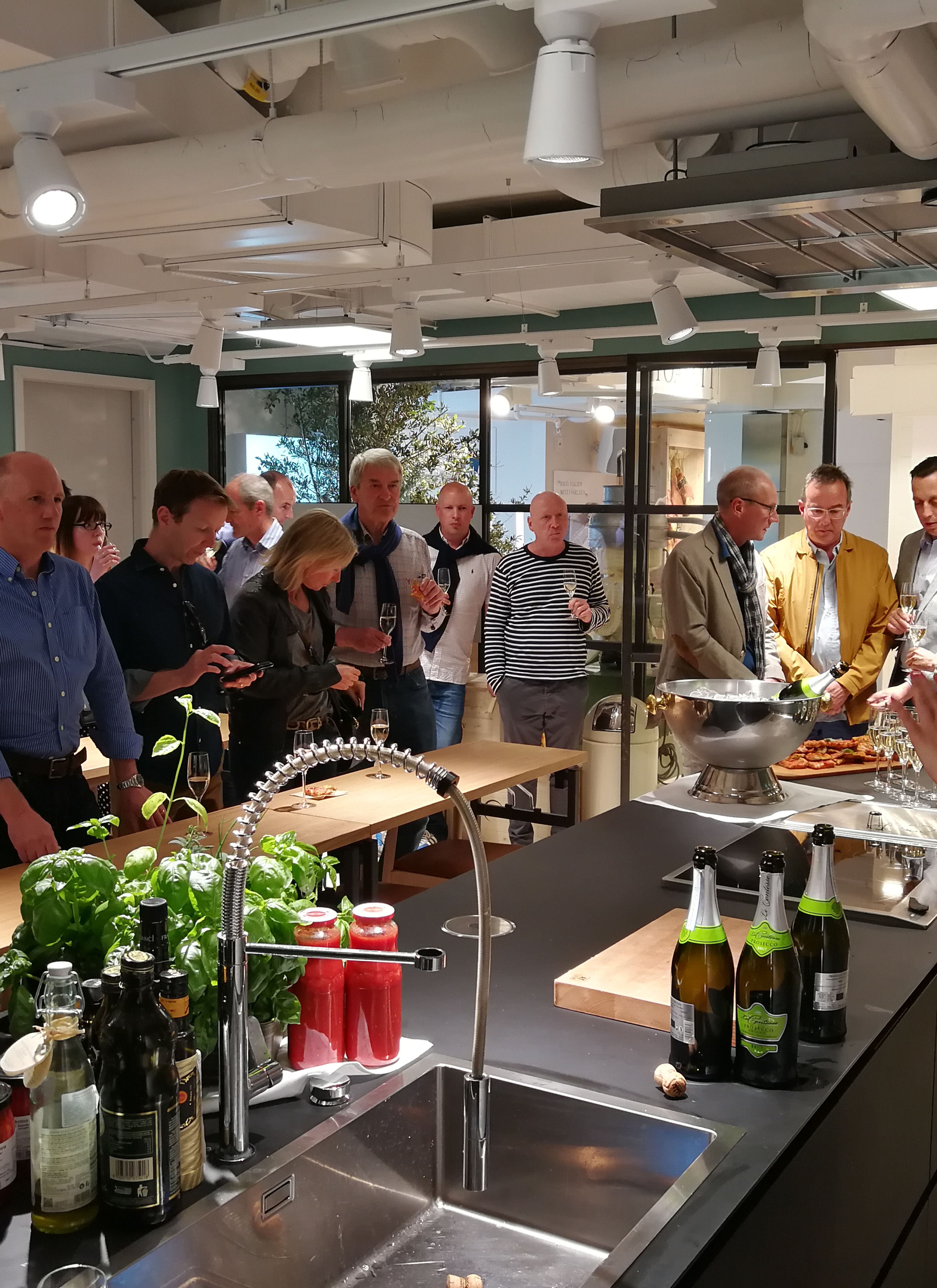
Eataly
International chain Eataly features a three-pronged offer of restaurants, shops and a cooking school. The restaurants range from quick-service counters to full-service dining, while the shops sell groceries and homeware. Knitting these components together gives the brand a strong identity and helps engage a wider customer group.
Convenience
Convenience is a key advantage for e-commerce customers. Even with advancements in digital technology and services, however, there are still ways bricks-and-mortar shops can use consumers’ pursuit for convenience to their advantage.
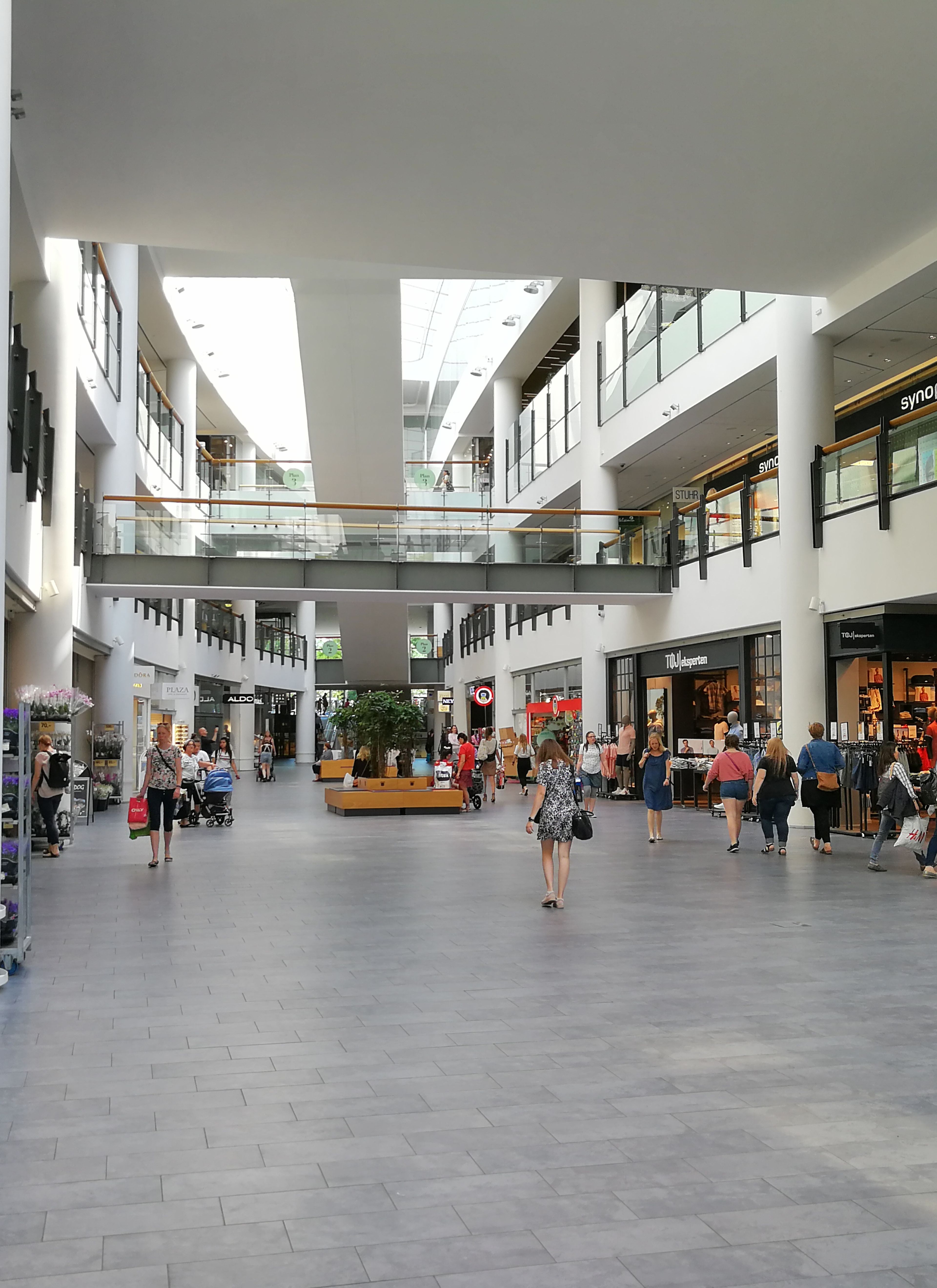
The Frederiksberg Centret
The Frederiksberg Centret in Copenhagen has a pedestrian promenade connecting with the nearby Copenhagen Business School and beyond, offering coffee, takeaways, clothing and more to people en route. It also incorporates an underground station entrance in front of its supermarket anchor store. Situating retail units in the public realm like this makes it convenient for passers-by to shop there – potentially even faster and easier than online.
Click-and-collect centres, found in both Mall of Scandinavia and The Lobby, have simplified the online shopping returns process by providing changing rooms and post office facilities in one place. Customers can receive all their deliveries in one place, try on any clothes they’ve ordered, and immediately send back what they don’t want.
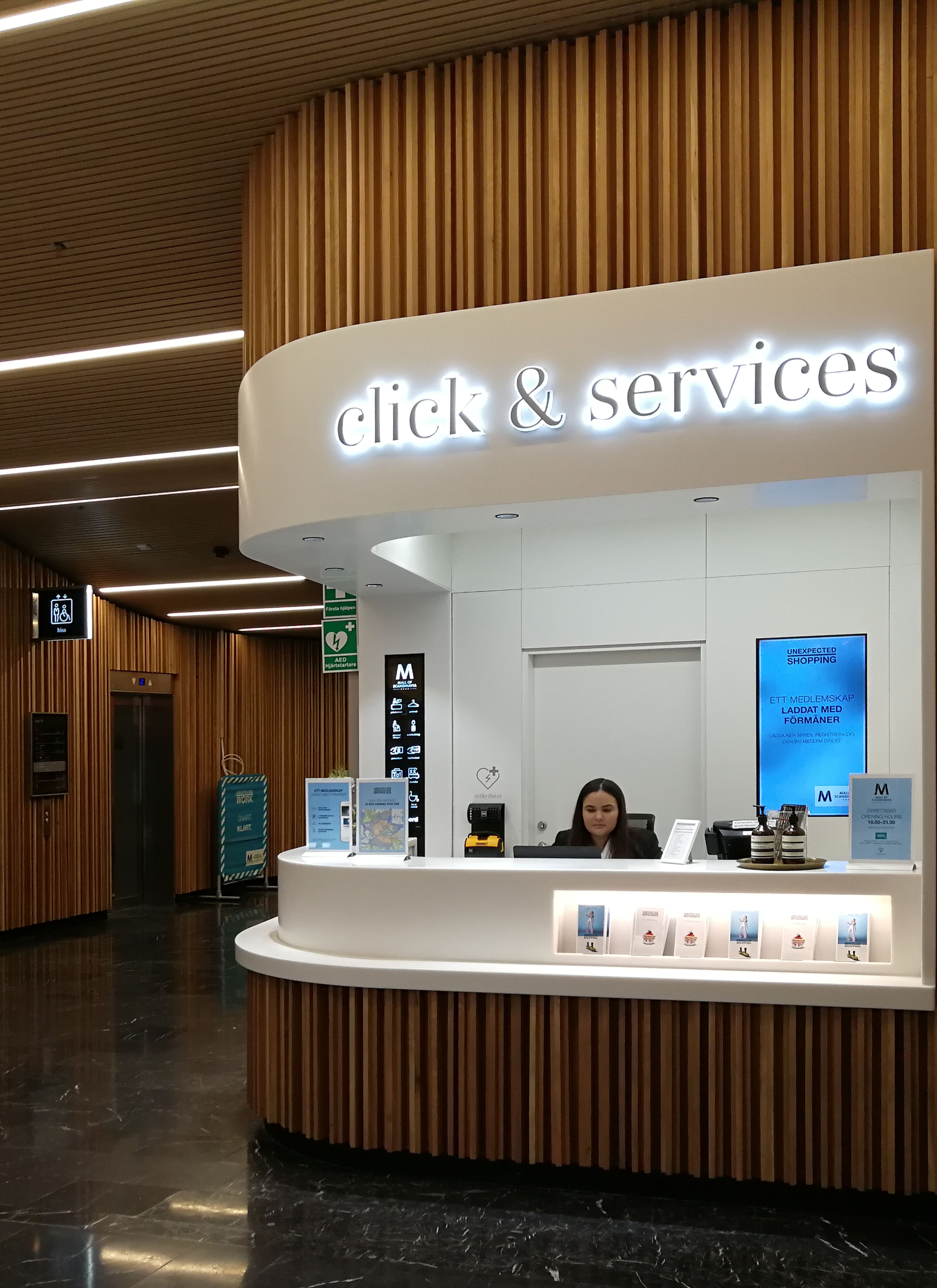
Cafés and workstations
Many Nordic shopping centres have cafés and workstations geared towards solo customers. These areas support the retail use, but in the future they could become standalone facilities for freelancers, attracting a new type of customer.
Clearly, the future of retail is not just online. We’re living in exciting times for retail, where choice and competition between platforms are transforming high streets and shopping centres into destinations for new ideas, learning and collaboration. More importantly, they’re becoming places with social value, reflecting and serving the communities they’re part of. Our role as architects is to help shape and materialise the spaces where those exciting interactions happen.
Tags
Authors
Grigor Grigorov, a Partner in Make’s London studio, is project architect on Make’s portfolio of projects for Harrods. In 2018 he presented with Ralph Ardill at REVO on the future of shopping centres.
LinkPublication
This article appeared in Exchange Issue No. 2, which explores the changing nature of the retail sector with contributions and design analysis from leading retailers, developers, consultants and more.
Read more